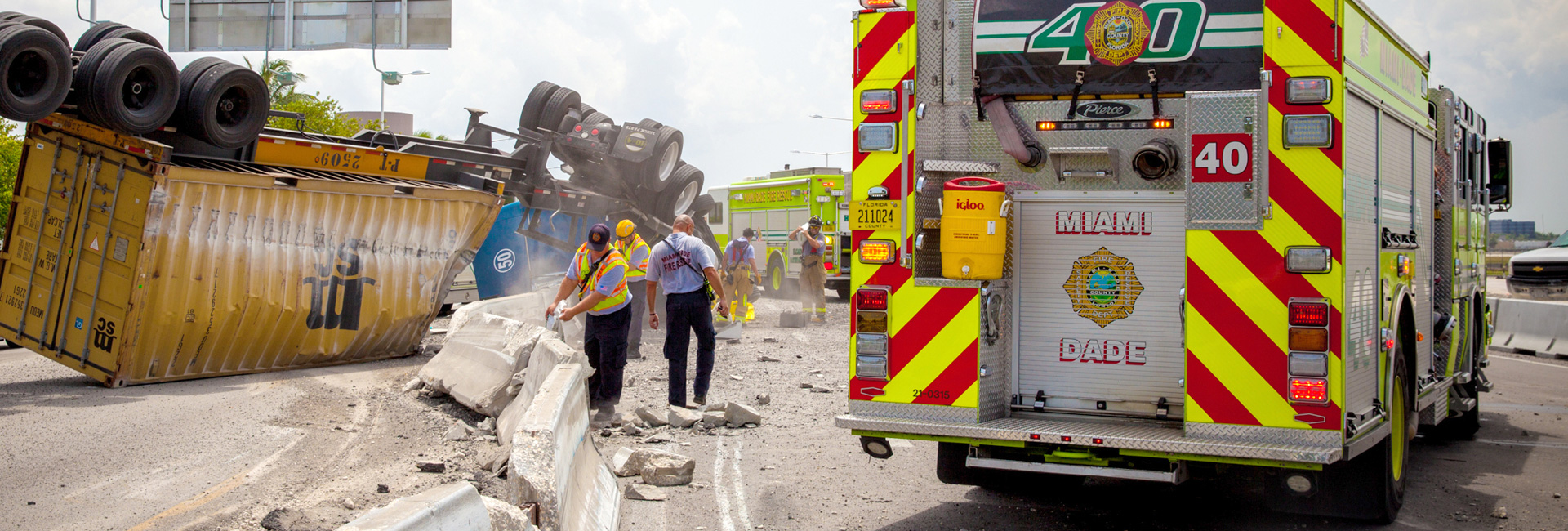Safety Tips: Carbon Monoxide
Carbon Monoxide (CO) is a colorless, odorless and tasteless gas.
You’re probably thinking what I’m thinking: If you can’t see it, smell it, taste it, feel it or hear it, then how can it exist?
Well, it does exist. And, as if to make up for not having much of an obvious identity, CO demands recognition by existing in the form of a deadly “stealth” gas, which can cause serious illness or death with little or no warning.
CO is found in combustion fumes that are often produced by small gasoline engines, automobiles, gas ranges, heating systems and burning charcoal or wood. CO is often mixed with gases that do have an odor, so you can be breathing CO along with those gases that you do smell and not even know that CO is present.
Every year, more than 500 Americans die from unintentional carbon monoxide poisoning and another 15,000 end up in the emergency room for treatment.
When breathed in, CO displaces oxygen in the blood and deprives the heart, brain, and other vital organs of oxygen. Large amounts of CO can overcome a victim in minutes without warning, causing loss of consciousness and suffocation.
At lower levels, CO will cause milder symptoms, which can be mistaken for the flu. This is dangerous because most victims are unaware that these symptoms are the warning signs that CO levels are rising in the air. Most will stay in the toxic environment and even lie down or go to sleep because that’s what we do when we’ve got the flu!
Common symptoms include a headache, dizziness, weakness, nausea, vomiting, chest pain and confusion. Higher levels of ingestion will lead to loss of consciousness and death.
Everyone is at risk for poisoning when CO is present in a poorly ventilated area, but certain people are more susceptible to severe symptoms sooner than others. Infants, children, elderly people and those with lung or heart disease are at an even greater risk for CO poisoning. Here are some other factors to consider:
- Occupational: Jobs in environments that are exposed to gases that often contain CO, such as welders, mechanics, firefighters, toll-booth or tunnel attendants, engine operators and many others.
- Environmental: Lack of ventilation in a given space along with potential CO hazards commonly found in homes, such as gas-fueled appliances, wood-burning stoves or fireplaces, charcoal grills, portable generators and motor vehicles.
Knowledge is the key to preventing CO poisoning. In most cases of unintentional poisoning, victims did not realize that CO was building up in the air. The simplest step you can take to protect against CO poisoning is to install a CO alarm on each level of your home and near all bedrooms. They are inexpensive and easily found in any home improvement store.
Here are some other tips to remember:
- Never use a gas range or oven to heat a home.
- Never use a gas or charcoal grill or portable camping stove inside a home, tent or camper.
- Never run a generator or other gas-powered engine inside a house, garage or other enclosed structure, even if windows and doors are open.
- Never run a motor vehicle, generator or another gas-powered engine outside of an open window or door where exhaust can vent into an enclosed area.
- Never leave the motor running in any vehicle parked inside an enclosed or semi-enclosed space such as a garage or carport.
If you ever develop symptoms of CO, find someone who displays these symptoms and you are in an environment with conditions for a potential CO hazard, move outdoors immediately to an open area with fresh air. Call 911 and advise them that you suspect carbon monoxide poisoning. Do not go back into the structure until Fire Rescue says it is safe.

Fire Rescue
Raied "Ray" Jadallah
R. David Paulison Fire Rescue Headquarters
9300 NW 41st Street,
Miami, FL 33178-2414
786-331-5000

